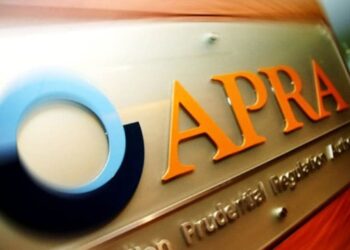Treasury is calling for submissions on its draft regulations in relation to the calculation of the proposed Division 296 tax.
The Treasury Laws Amendment (Better Targeted Superannuation Concessions and Other Measures) Bill 2023 (the amending bill), was introduced to Parliament on 30 November 2023 together with the Superannuation (Better Targeted Superannuation Concessions) Imposition Bill 2023.
These bills, if enacted, will reduce the tax concessions available to individuals with a total superannuation balance exceeding $3 million.
The government has now released draft regulations for consultation that outline methods for valuing defined benefit interests under the Division 296 tax measure.
The draft regulations contain provisions that enable the calculation of Division 296 of tax for defined benefit interests to deliver commensurate treatment under the measure, including outlining methods to value defined benefit interests and making modifications to the Division 296 earnings formula to appropriately capture notional contributions to defined benefit interests.
They also update existing methods to calculate notional contributions for defined benefit interests to reflect up-to-date economic parameters.
Division 296 tax applies to individuals with TSBs greater than $3 million at the end of an income year for certain super interests that are captured by the amending bill.
From the 2025–26 income year onwards, individuals with a TSB exceeding $3 million will be liable to pay tax on the percentage of their superannuation earnings that correspond to the portion of their TSB that is above $3 million.
The amending bill inserts a new Division 296 into the ITAA 1997, setting out rules for how the new tax is to be calculated as well as amending rules for calculating an individual’s TSB, introducing the concept of a TSB value for each of their super interests.
It also provides that regulations may be made under several provisions concerning the Division 296 tax.
Schedule one of the regulations contains modifications to ensure that defined benefits contributions, which are a notional amount, are counted towards a person’s adjusted TSB for Division 296.
For accruing members, the actual employer contributions (if any) are disregarded to ensure that there is no double counting of amounts that represent employer contributions.
Schedule two of the regulations prescribes rules for valuing defined benefit interests and certain other retirement phase interests where the withdrawal benefit value (set out in the amending bill) is inappropriate to value the interest.
That includes where the withdrawal benefit value may be nil or may not fully reflect all potential benefits or in some cases, overstate them. If these values were used in the formula contained in section 296-35 of the amending bill, they would understate or overstate earnings for some individuals that would allow some individuals to avoid any tax being imposed.
Schedule three makes adjustments to TSB values for defined benefit interests subject to a family law payment split, where that interest is not able to be split between the member spouse and non‑member spouse at the time of the order or agreement.
Finally, schedule four updates some of the method assumptions in schedules 1A and 1AA of the principal regulations, which are used to value notional taxed contributions and defined benefit contributions.
These regulations extend the grandfathering provisions (regulation 291-170.07) for pre-2009 notional taxed contributions so that where the new entrant rate for the defined benefit member has increased only because of the updating of the rates tables, the resultant contributions are still capped at the general concessional cap level.
Schedule four also lists certain state higher-level office holders whose earnings from interests in a constitutionally protected fund are not subject to the new Division 296 tax.




